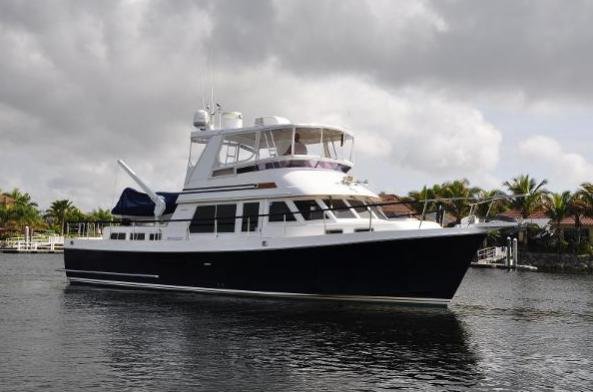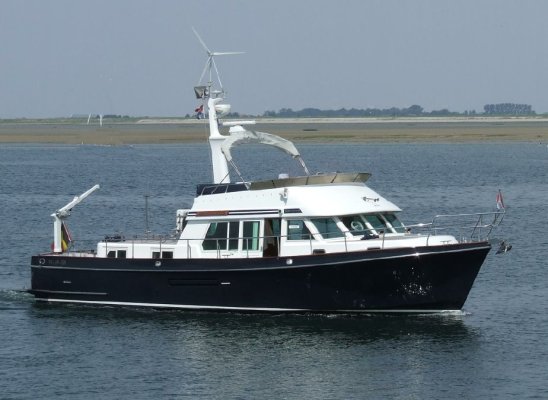Fundamentally I don't trust people's idea that if a company built a good product at one time that all its products are good. Management changes rarely continue products exactly as before and new models and technology changes sometimes don't work out as planned.
I don't like coring below the waterline because the cored hull is easier to crush than solid for minour impacts but that is just my theory.
I agree with you in theory but there are exceptions and I do believe Hatteras to be one. I would have thought quality would have suffered at some point. However, I've never once heard anything, been made aware of anything, that says that happened in this case. It seems now that you've confirmed that you haven't either. I always go in skeptical but I believe Hatteras has proven themselves.
I've been involved in the purchase of many businesses and many of them had financial troubles. In the majority of situations their quality had slipped. However, there were exceptions.
As to coring, most core above waterline. Early days of coring were materials like balsa. However, that's not the case today. They are advanced materials, advanced foams and honeycomb, even carbon fiber. They are stronger and lighter. Also builders have better techniques.
Let's correct one misnomer too. We talk of "solid" fiberglass. It's not solid. It's layers. It's one layer on top of another on top of another, etc. In essence the middle layers are core. The product is cored in a way, just with the same material. The inner layers do not add stiffness, just weight. And if the techniques of building aren't good you can get water to those inner layers. Many older non-cored boats in lesser brands have had intrusion issues. Now, coring started with products that are more impacted by water. However, today's products handle water as well or better than fiberglass mat. All we're really talking about is instead of layers and layers of glass, replacing some of those layers with other products. The key, just as it was in "solid" fiberglass boats is avoiding intrusion into those inner layers. Today's construction methods generally do that. The core material has more strength per pound than fiberglass. Also, today it's generally done through one or another form of vacuum injection as well. We speak of Hatteras. I don't believe they ever used core before injection processes were developed and refined.
This is not your father's coring. Materials advance every day. We went through balsa, then foams, then harder foams, toss in some kevlar, a bit of carbon, even aluminum along the way. We laid core material by hand just as we did glass but then we advanced to infusion. Coring quality varies, but then so does laminate/glass. All wasn't created equal. I've seen soft bottoms in "solid" glass boats. I've known builders to get bad batches of resin and have to junk dozens of boats, some just hulls and some completed boats before the problem was caught. We're really talking layers of materials and the result will be determined by the quality of the materials and the quality of the building with it.
As to coring materials, there are some excellent builders still using Balsa, who have no issues with it, but it requires great skill. They have decades of demonstrating that skill. When it comes to foams, there are many different types and qualities. Some of the less expensive would never make sense anywhere but upper structures. However, some of the expensive were developed and tested first in racing sailing yachts and have been very refined over time.


